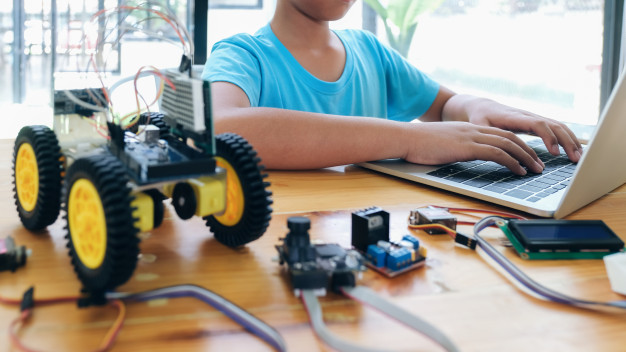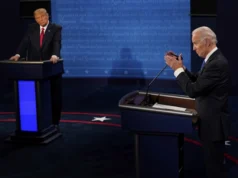
Programming was once designated for the computer geniuses that would work on large mainframe computers. But today, programming is all around us on everything from mobile devices to the IoT, gaming consoles, websites, software – everywhere.
Technology has made the world more connected.
Computing and storage devices are smaller, and it has made the world a technical society. Learning programming at an early age allows kids to be able to master coding, algorithms and creates complex problem-solving skills, too.
The earlier kids learn how to program, the easier it will be for kids to enter the field and understand how the gadgets they love work on a deeper level.
If you want to create a design for kids to learn how to program from a young age, you can take a few steps.
Start Small, or Risk Losing the Kid’s Interest
Speaking from a programming background, it’s easy to be overwhelmed with programming. If you want to get kids interested in programming, you can’t do this by introducing complicated healthcare development services to children or complex programs.
Introducing an eight-year-old to pointers, classes and encryption doesn’t provide the fun, visual environment kids need to really start programming.
If you’re going to teach your child to program, you’ll want to focus on:
- Visual options
- Fast programs, such as Tic-tac-toe
- Drag and drop options
It’s a lot more interesting for a child to use HTML 5 and CSS to change colors on the screen rather than performing a complex algorithm that does work behind the scenes and displays the square root of a number on the screen.
Introduce Kids to Code.org
Kids need to be able to see the end result of code for it to keep their interest. Code.org provides the option to learn the basic theory behind code. For example, you can enter Minecraft and choose the basic tasks required for the program to run.
You can start a session and will be required to drag and drop basic functions, such as:
- Move forward
- Turn left or right
There’s also a show code option that shows how functions are called to make the action work. While this is a very base level of coding, it will assist your child in learning the basic steps taken behind the scenes in programming.
Code.org provides ample opportunities to learn basic programming in a fun and interesting way.
Introduce Visual Programming Languages
Show a child C++ source code, and chances are, you’ll lose their interest fast. Even with the right IDE and beautiful syntax highlighting, C++ is going to be way too complex for a child to really find interest in.
Instead, use visual programming languages to introduce the basics to children.
These basics provide the foundation that children need to build off of in the future. A few good languages and options for children are:
- Lua. A language that is a little more complex and ideal for teens. There are options that will use Roblox and a built-in editor to create beautiful 3D worlds. Over time, the worlds will use Lua scripts to be enhanced. If a child can see the result of their coding right in front of them in a 3D world, it will keep their interest longer.
- Scratch. One of the best visual languages, Scratch is a blocked-based language that allows users to create block interfaces for online projects. It’s a fun, visual language that is ideal for kids and has a lot of resources to help parents teach the language to their children.
- Visual basics. An easy language to begin with, visual basic allows kids to create software layouts with buttons and other elements. You can teach kids how to add to these elements to be able to run other functions, such as adding text to a database and listing a name of friends.
You have to introduce programming to children at a young age using visuals, but as kids learn the basics of coding or transition into their teens, they can begin working with more complex concepts.
Books, videos and online courses will allow kids to be able to build on their programming foundation. Over time, adding in more complex algorithms, functions, classes, namespaces, databases, objects and other programming elements will allow for a child that is a well-rounded programmer that can opt to pursue programming further on their own.












